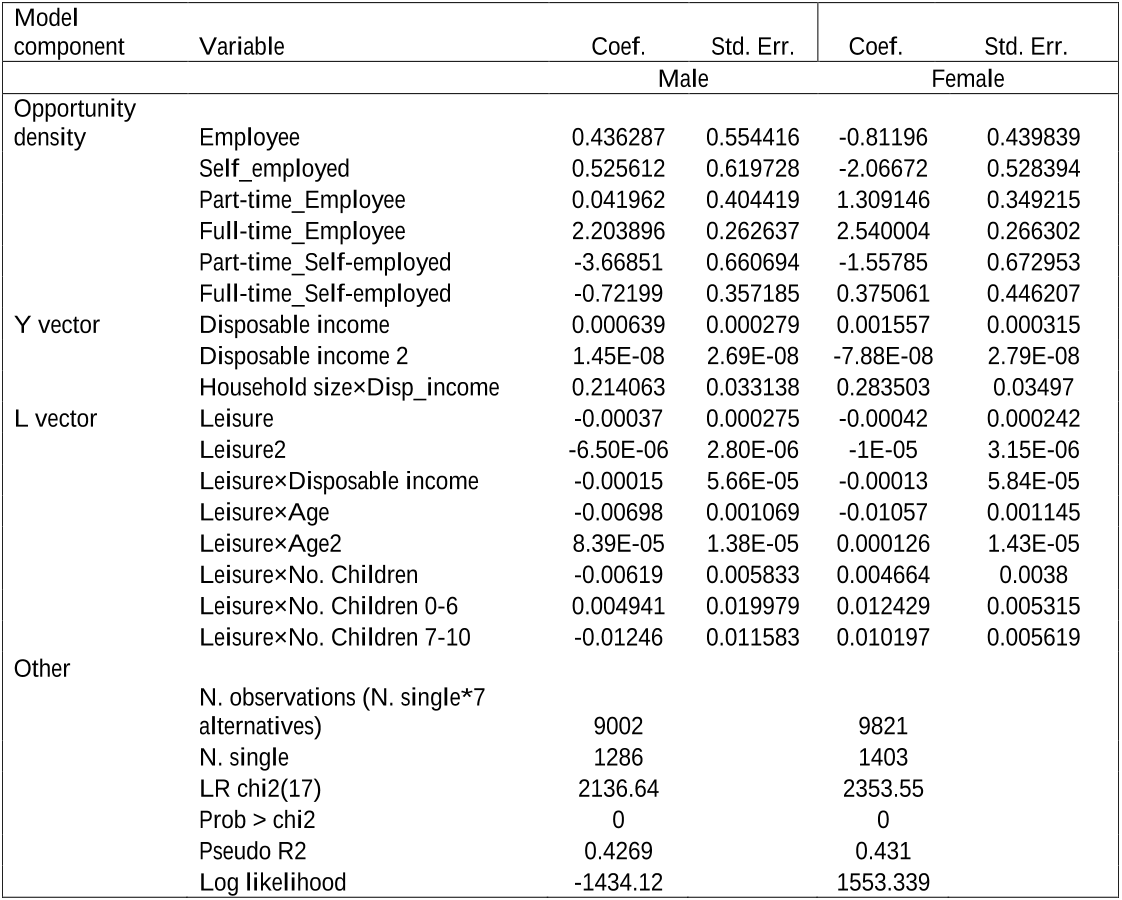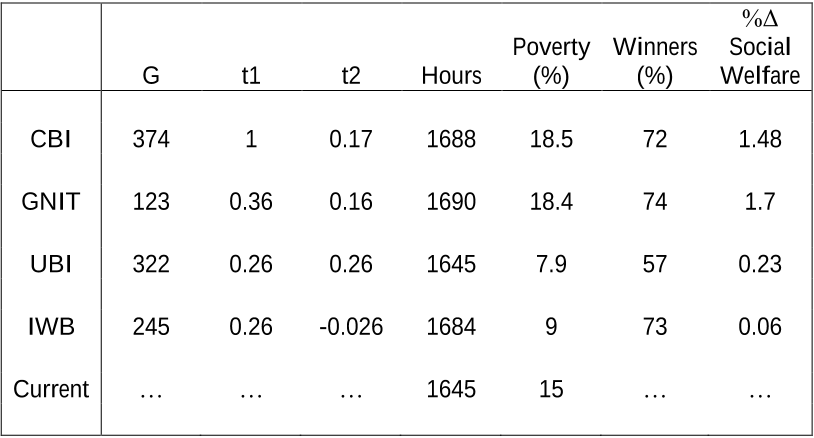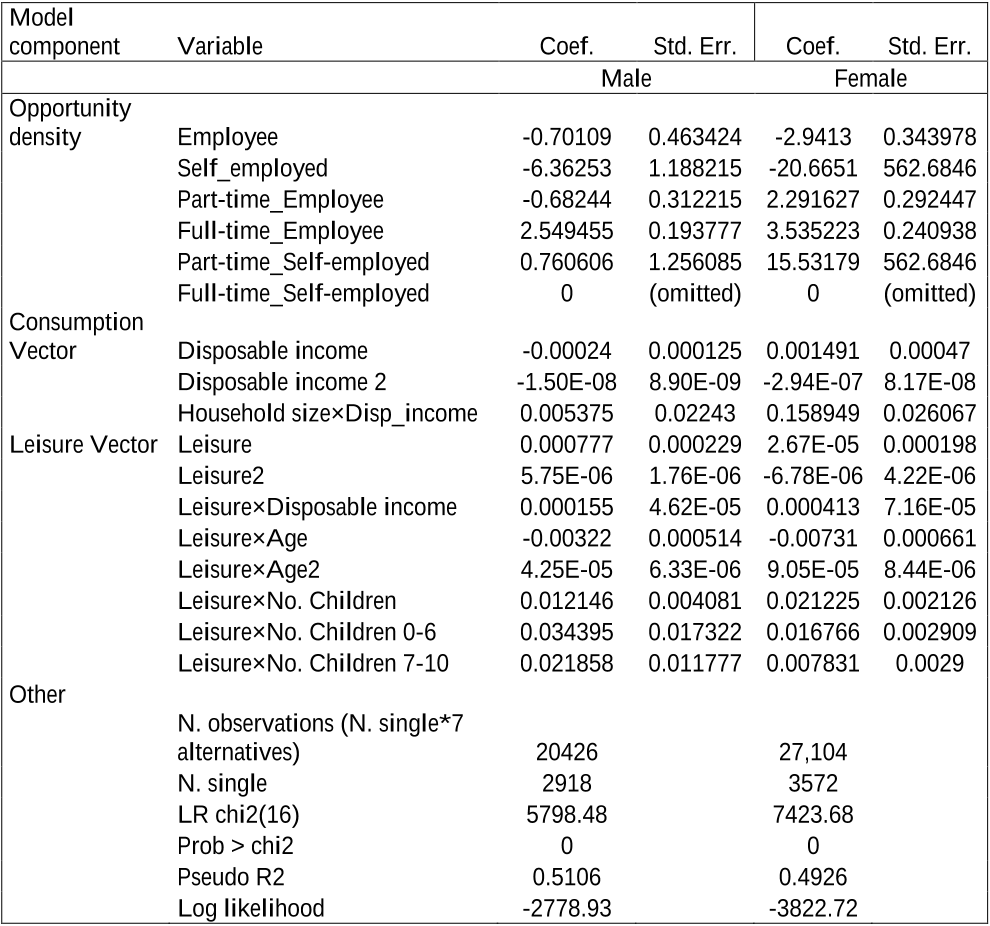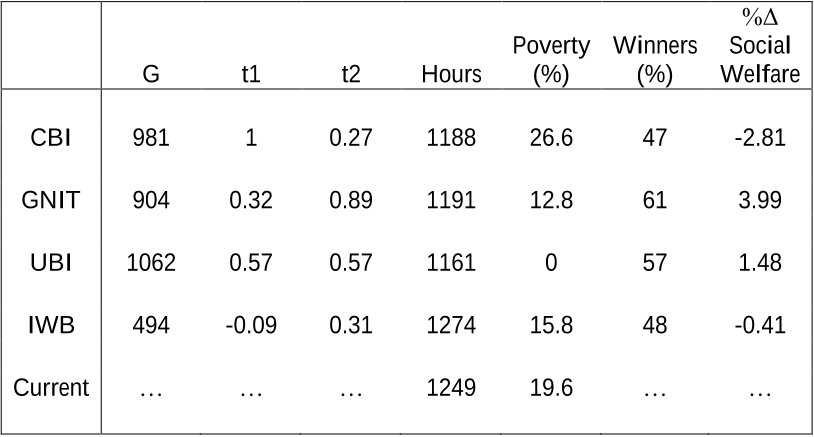Abstract: Public spending is a potentially powerful instrument for fighting poverty. Generally, what is needed is universalism in certain spending categories (basic services) and finer targeting in others (for providing safety nets, for example). Public spending aims to promote efficiency (by correcting for various market failures) and equity (by improving the distribution of economic welfare). This paper, drawn from a book on public spending and the poor, is concerned with the latter. In it van de Walle focuses on three key questions: What is the welfare objective? How are the benefits of public spending currently distributed? How can that distribution be improved? We must first be clear about how performance is to be judged, says van de Walle. Different assumptions about policy objectives shape disagreements about program assessments and recommendations. Evaluating a policy's impact requires assessing how different things would have been without it, but quantifying a counterfactual is not easy. One approach - benefit incidence - ignores behavioral responses and second-round effects, and simply uses the cost of provision as a proxy for benefits received. Other methods focus entirely on the individual's valuation of the policy benefits, allowing for responses to changes in the individual's budget set. Some reasonably robust conclusions have emerged from studies of public spending incidence: ° Spending on basic services - notably primary and secondary education and basic health care - almost universally reaches the poor. The case for broad targeting, by expanding the share of public spending on these services, is well-substantiated. But even here, monitoring is required so that marginal investments are not lavished on better serving the better-off. ° Certain food subsidy and distribution schemes, social cash transfers (such as are common in the former Soviet Union countries and Eastern Europe), public employment schemes, and other targeted transfer schemes have at times been quite propoor. ° But many programs whose stated rationale is to reduce poverty have instead been dismal, expensive failures. A popular reaction has been to clamor for reform of public spending, to demand finer targeting of benefits to the poor. Most public spending programs are to some degree targeted. The question is, what degree of targeting is optimal? Other things being equal, the more ways one discriminates between beneficiaries, the greater targeting's impact on poverty. But other things are not equal. Fine targeting sometimes comes at a cost to the poor. Administrative costs may escalate, political support may vanish, and behavioral responses may add costs to targeted interventions. There is no simple answer about how much targeting is desirable, but empirical evidence from past studies suggests some clear principles. The optimal mix of targeted and universal poverty-reduction programs depends on several factors, including the characteristics of the poor (who they are, how many there are, and why they are poor) and country-specific circumstances (initial conditions, infrastructure development, and administrative capabilities). ° When poverty is widespread and administrative capacity is low, broad targeting is desirable and results from incidence of public spending studies should help guide sectoral and intrasectoral allocations. ° Generally, what is needed is a combination of universalism in certain spending categories and finer targeting in others (for providing safety nets, for example). Such a two-pronged approach is a sound starting point for policy design. But in implementing it, one should never confuse the ends and the means of policy. This paper - a product of the Public Economics Division, Policy Research Department - is derived from Incidence and Targeting: An Overview of Implications for Research and Policy, a chapter in the book Public Spending and the Poor: Theory and Evidence. The author may be contacted at dvandewalle@worldbank.org.














